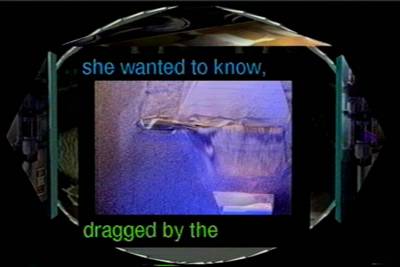A raga is a scale to be explored (along with certain rules for its playing).
On a sitar and some veenas, there are sympathetic strings that vibrate when their pitches are played on the melody strings, and that are also occasionally struck with the little finger.
The sympathetic strings are tuned to the pitches of the raga. Striking them is like projecting a photograph of everything that is possible. A synchronic snapshot, as opposed to the diachronic articulating of the melody.
Neither the veena (South Indian) nor sitar (North Indian) are designed to produce chords. There are no chords in traditional Indian music. But there is this continued reminding interplay of timeless existence of all possibilities versus the soul’s narrative of the specific.
Indian musicians are extremely sensitive to pitch. They know a ragas by its feel. They learn to play each systematically, but when they have learned to explore the raga, they move within it, and know it.
I think of the raga as having an odor, a smell. And there are hundreds of ragas, and an Indian musician knows the range of their feelings. When the sitar player strikes the sympathetic strings it’s like waving the incense: the air is filled with its scent, and the melody runs and weaves through it, writing its life in time.





